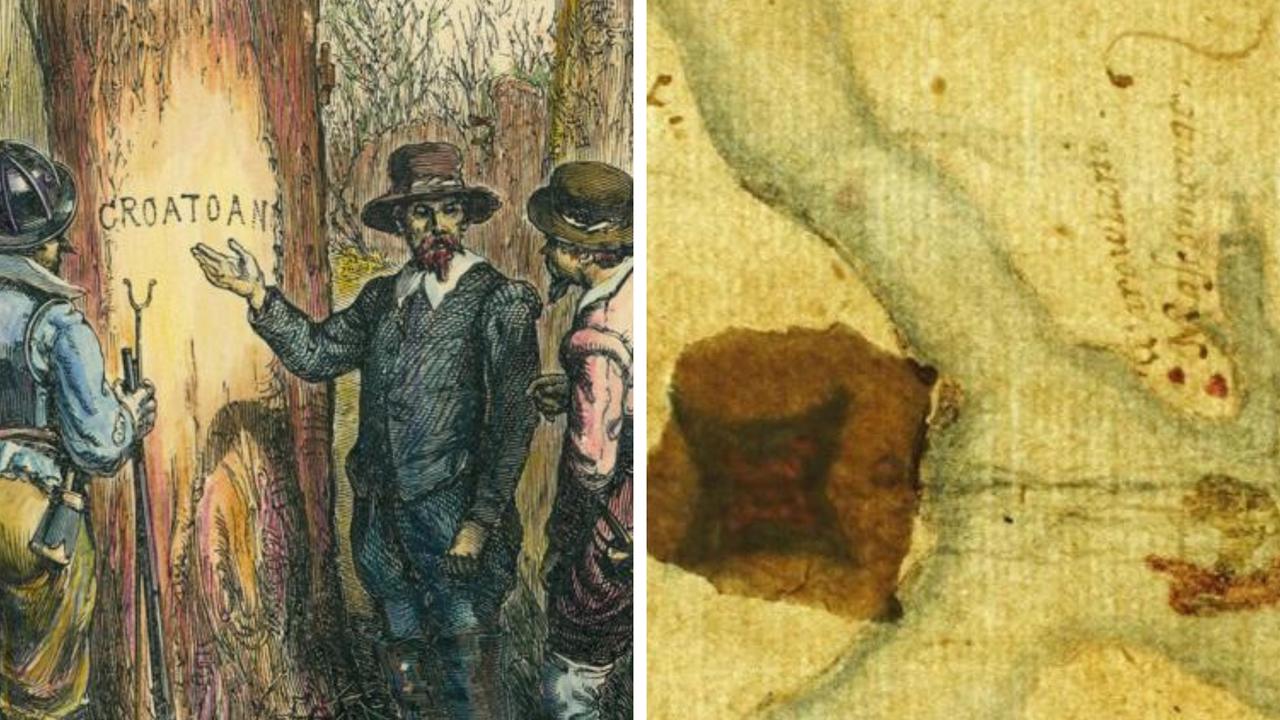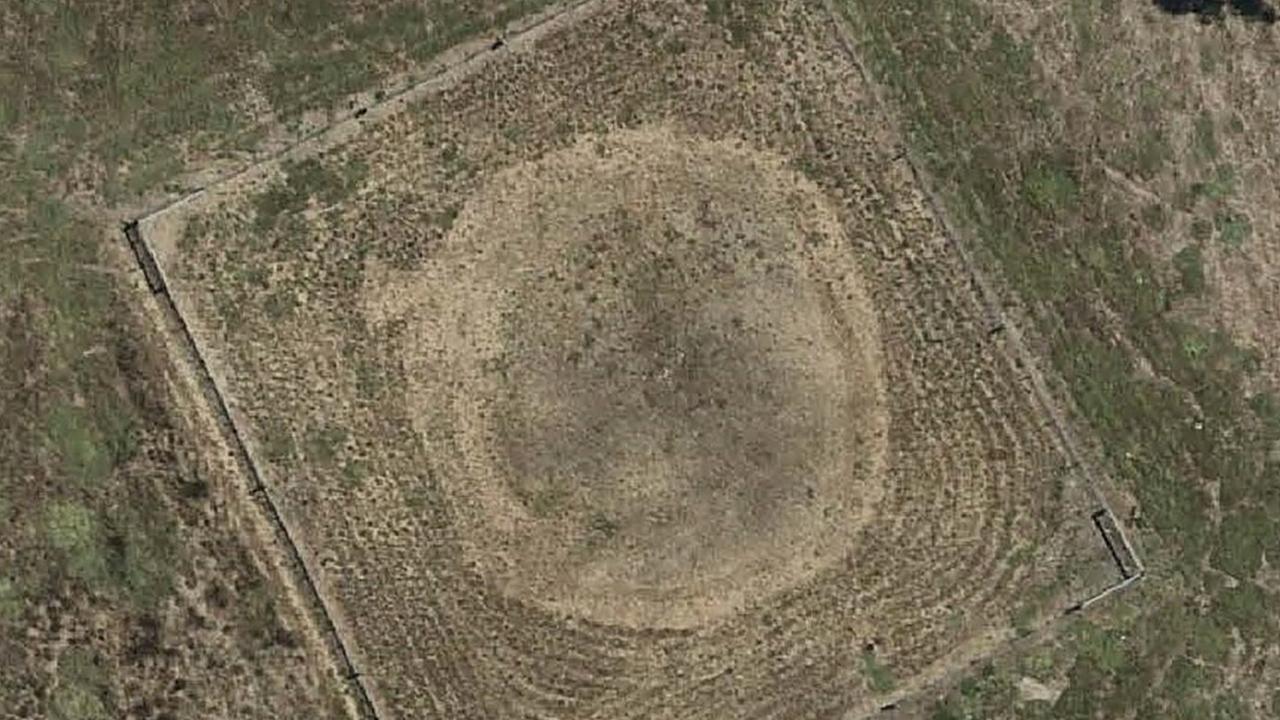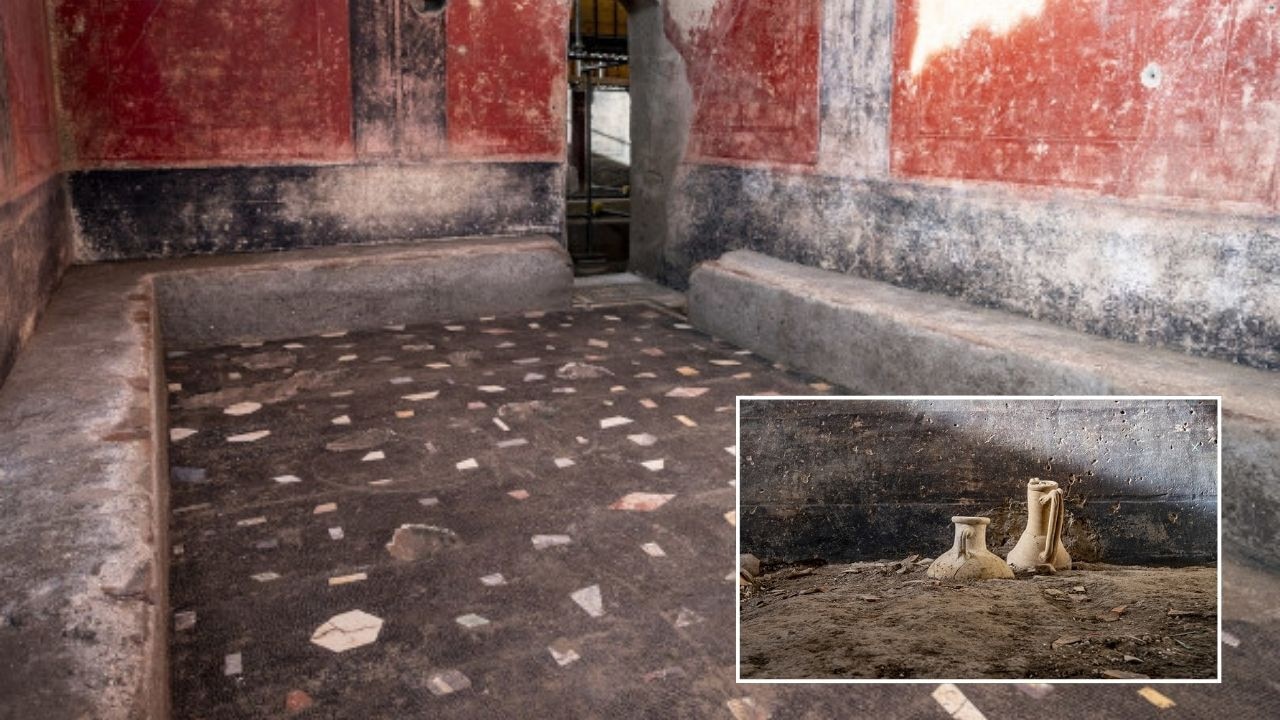Dinosaur species weighed up to 12 tonnes, scientists claim
A GROUP of scientists in South Africa have discovered the remains of a giant dinosaur believed to have been the “largest to walk the Earth” in the Jurassic period.
AN ENORMOUS dinosaur that roamed Earth 200 million years ago is believed to have been the largest land animal alive at the time.
The prehistoric creature weighed 12 tonnes, and was roughly twice the size of a large African elephant.
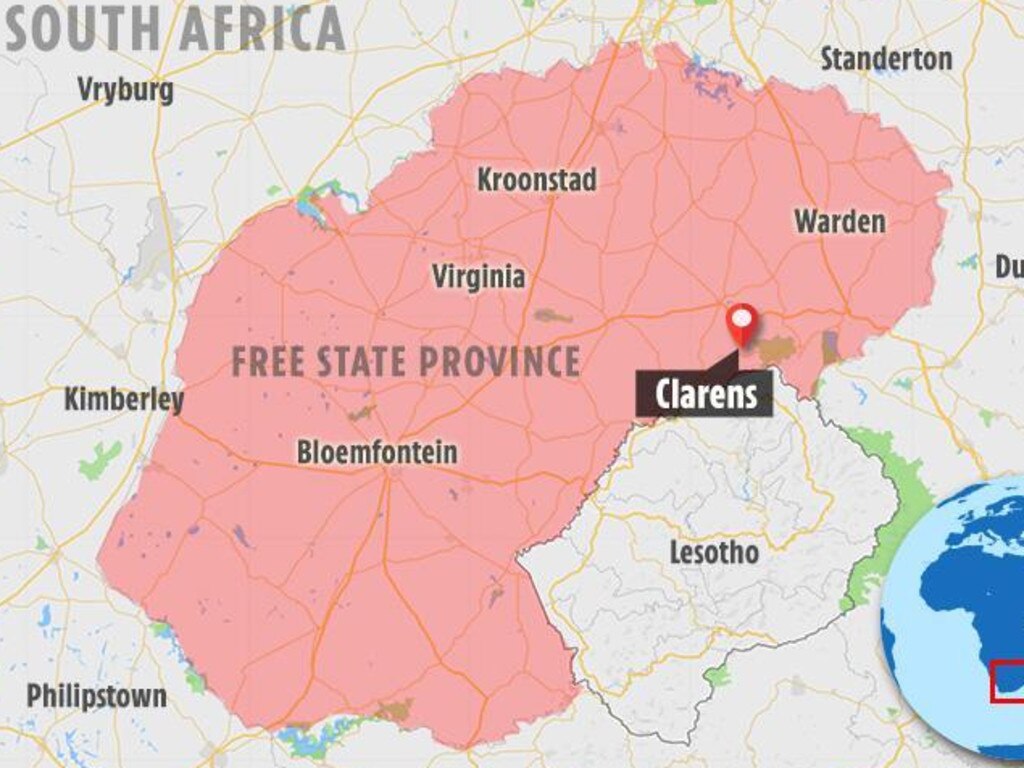
Scientists discovered the new dinosaur species after finding a fossil in South Africa’s Free State Province, and published their findings in today’s Current Biology.
They’ve named it Ledumahadi mafube, which is a local Sesotho phrase that means “giant thunderclap at dawn”.
It’s not a bad name, considering that the enormous creature stood 4m-high at the hip.
“The name reflects the great size of the animal as well as the fact that its lineage appeared at the origins of sauropod dinosaurs,” said Professor Jonah Choiniere from the University of the Witwatersrand, who helped make the discovery.
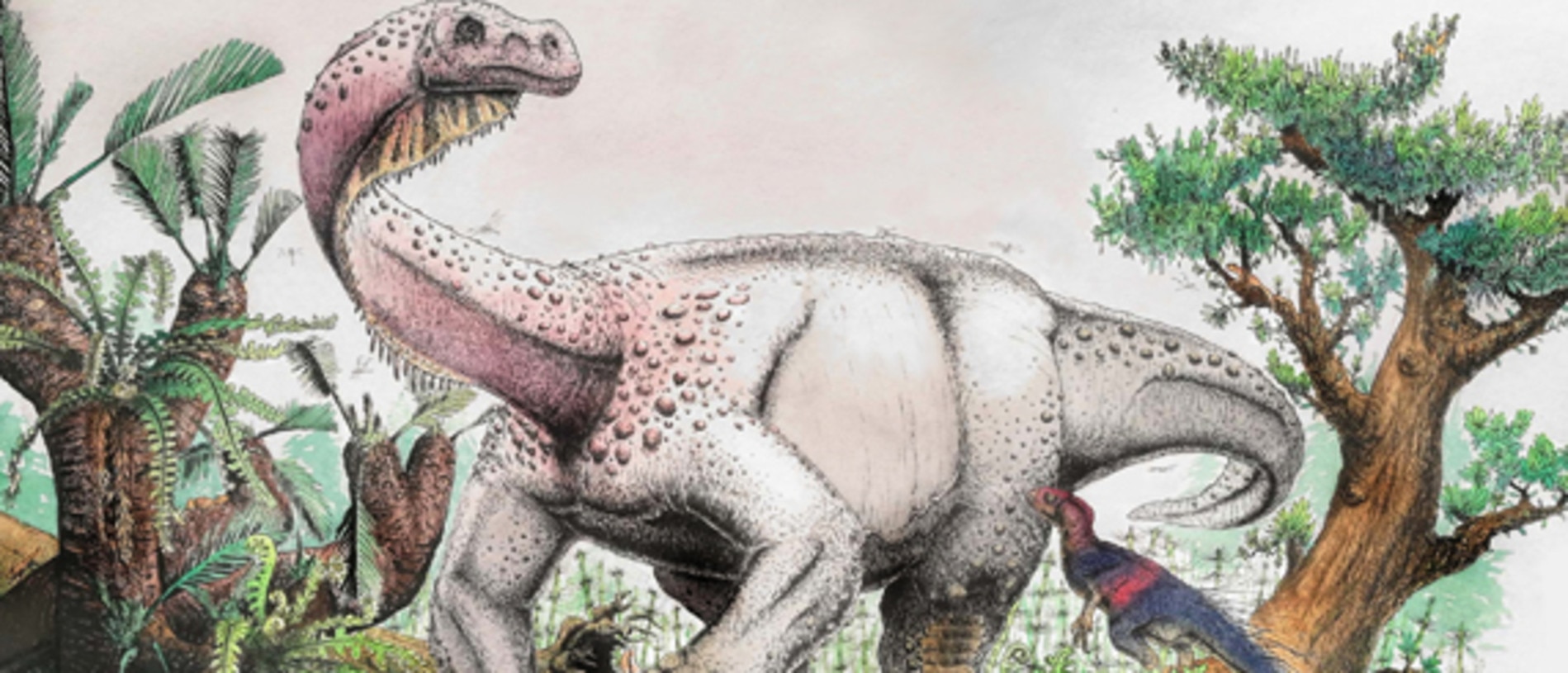
“It honours both the recent and ancient heritage of southern Africa.”
He added: “It shows us that even as far back as 200 million years ago, these animals had already become the largest vertebrates to ever walk the Earth.”
Experts say that the new dinosaur is the closest relative of the even bigger sauropods, which came later.
Sauropods could weigh up to 60 tonnes, and include the better-known species Brontosaurus.
All sauropods ate plants and stood on four legs, with a posture like modern elephants.
But researchers say that Ledumahadi mafube evolved its giant size independently from sauropods.
It also stood on four legs, but experts believe its forelimbs would have been more crouched.
Scientists described its giant size and posture as an evolutionary “experiment”.
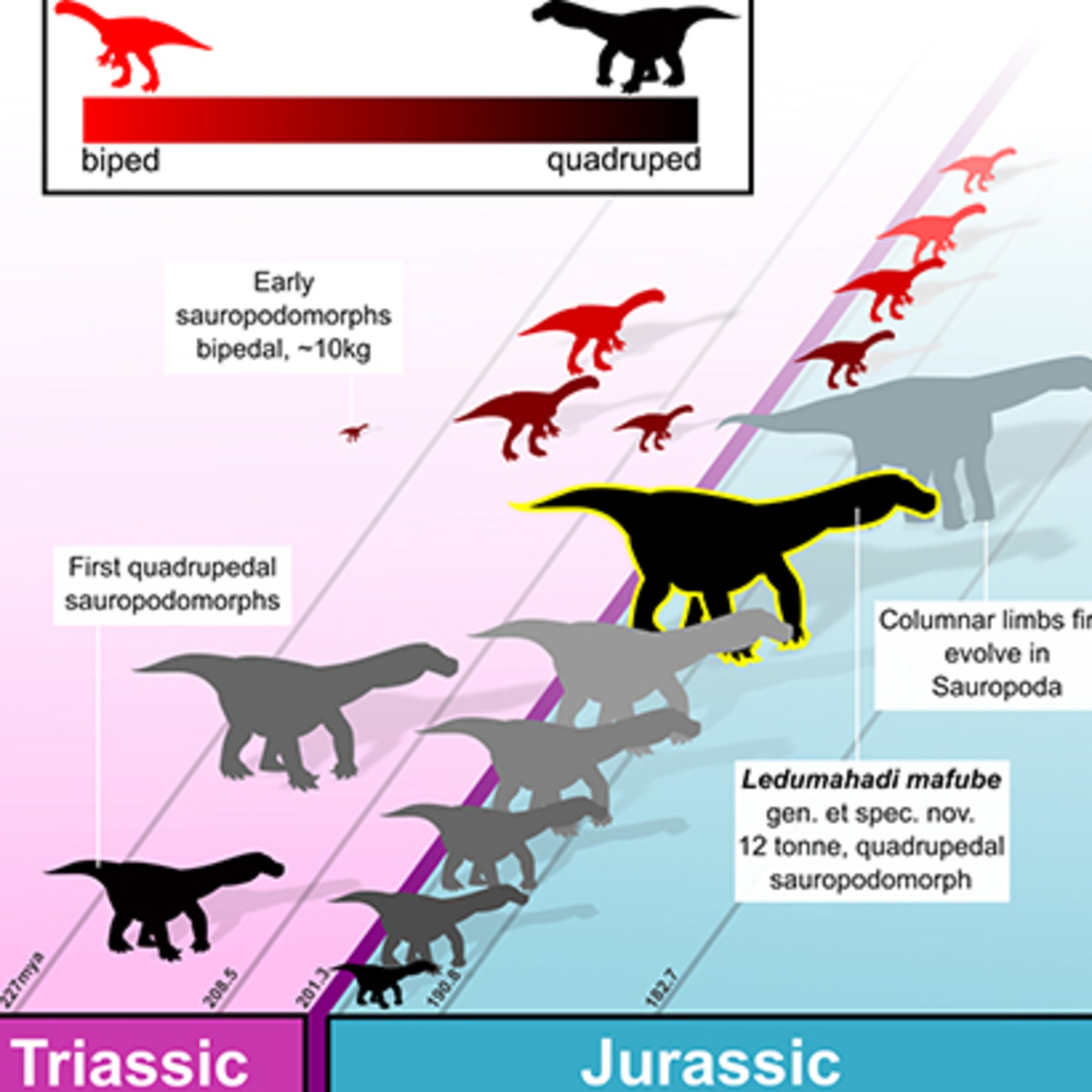
“The first thing that struck me about this animal is the incredible robustness of the limb bones,” lead author Dr Blair McPhee said.
“It was of similar size to the gigantic sauropod dinosaurs, but whereas the arms and legs of those animals are typically quite slender, Ledumahadi’s are incredibly thick.
“To me this indicated that the path towards gigantism in sauropodomorphs was far from straightforward, and that the way that these animals solved the usual problems of life, such as eating and moving, was much more dynamic within the group than previously thought.”
Researchers used measurements from the dinosaur’s “arms” and “legs” to prove that it walked on all fours like sauropods.
This is interesting, because this wasn’t typically how other members of its own dinosaur group moved around at the time.
“Many giant dinosaurs walked on four legs but had ancestors that walked on two legs,” Oxford University’s Dr Roger Benson said.
“Scientists want to know about this evolutionary change, but amazingly no one came up with a simple method to tell how each dinosaur walked, until now.”
To work out the dinosaur’s age, scientists were able to analyse the fossil’s bone tissue — confirming that it was an adult and reached adulthood quickly.
“We can tell by looking at the fossilised bone microstructure that the animal grew rapidly to adulthood,” Dr Jennifer Botha-Brink, of the South African National Museum in Bloemfontein, said.
“Closely spaced, annually deposited growth rings at the periphery show that the growth rate had decreased substantially by the time it died.”
The bones also revealed another interesting fact — this dinosaur was a missing link between two major dinosaur groups.
“It was also interesting to see that the bone tissues display aspects of both basal sauropodomorphs and the more derived sauropods, showing that Ledumahadi represents a transitional stage between these two major groups of dinosaurs.”
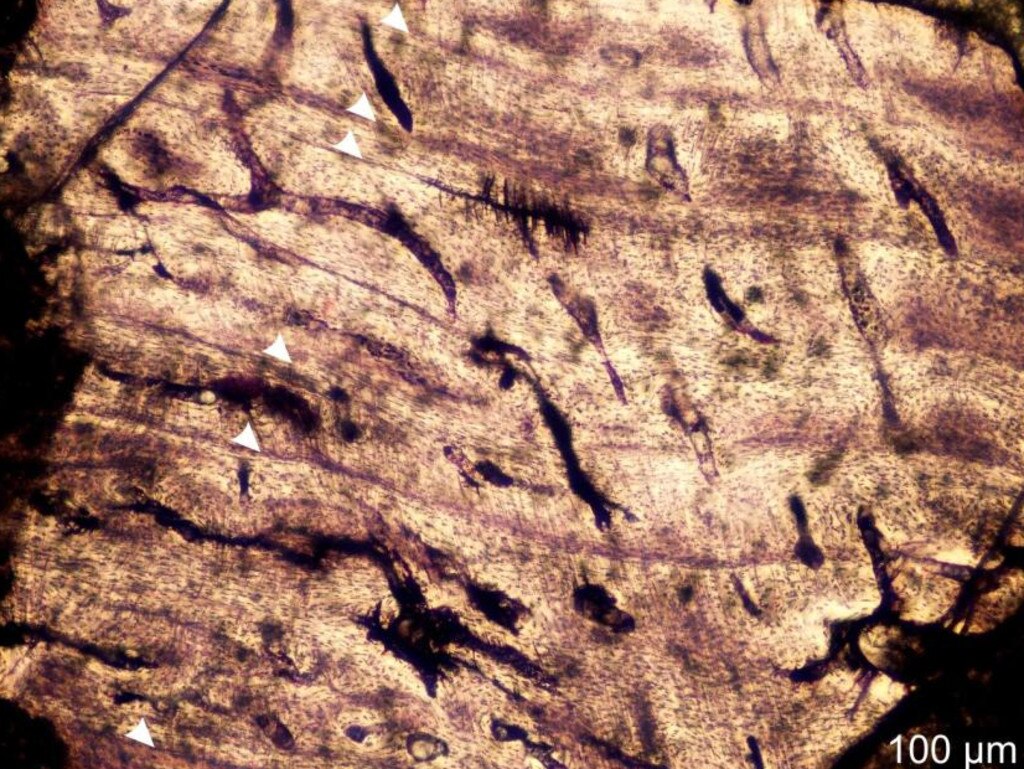
According to researchers, the dinosaur lived in the area around Clarens in South Africa’s Free State Province.
In 2018, that’s a scenic mountainous area.
At the time, though, it would have looked very different, resembling a flat and semi-arid landscape.
“We can tell from the properties of the sedimentary rock layers in which the bone fossils are preserved that 200 million years ago most of South Africa looked a lot more like the current region around Musina in the Limpopo Province of South Africa, or South Africa’s central Karoo,” University of Cape Town’s Dr Emese Bordy said.
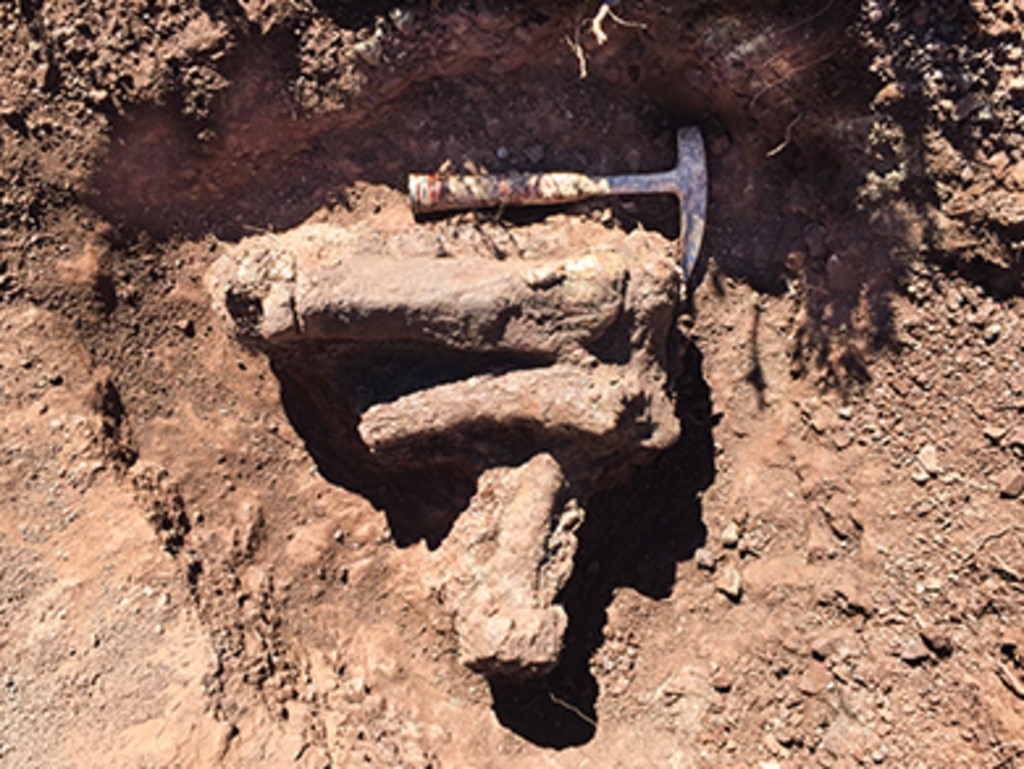
The world was a very different place back then.
For instance, we know that the new dinosaur species is closely related to other gigantic dinosaurs from Argentina, who lived at a similar time.
This reinforces the belief that the supercontinent of Pangaea was still stuck together in the Early Jurassic period — before splitting apart into the continents we recognise today.
“It shows how easily dinosaurs could have walked from Johannesburg to Buenos Aires at that time,” Prof Choiniere said.
This story originally appeared in The Sun and has been republished here with permission.

